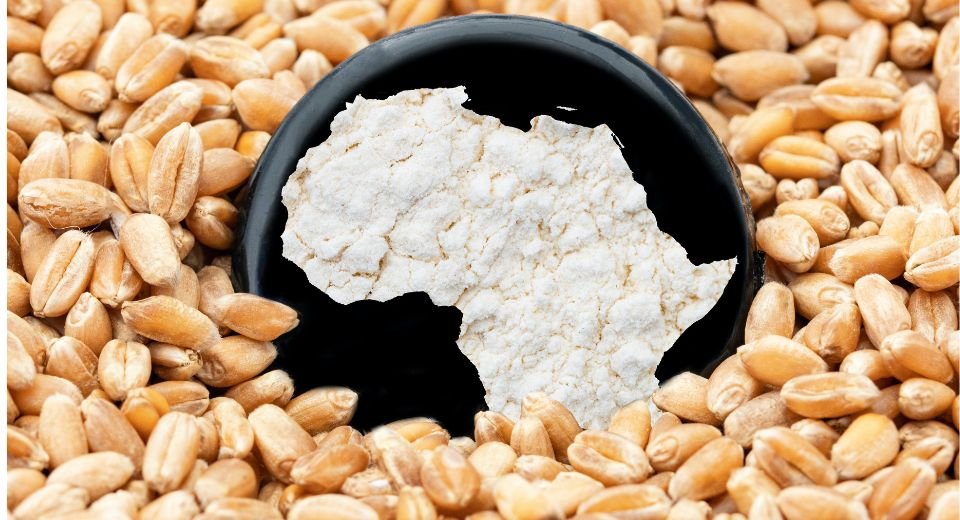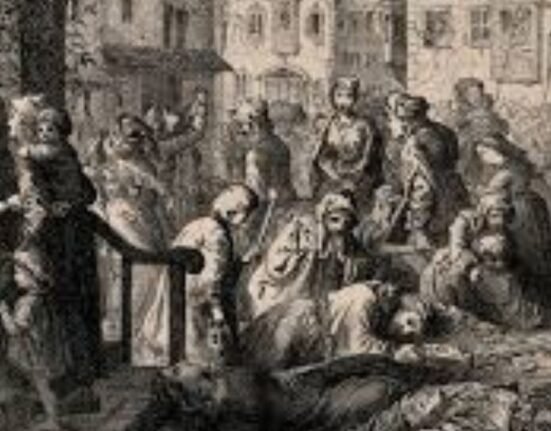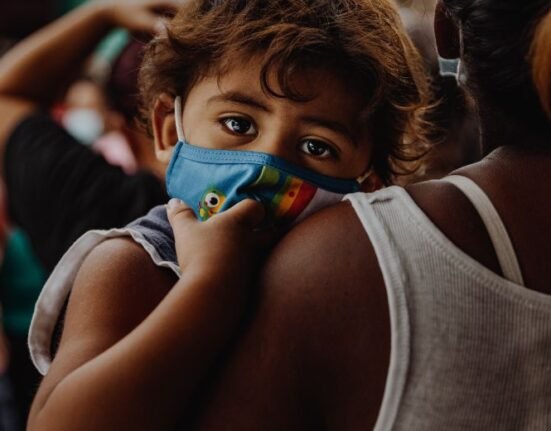HQ Team
March 20, 2023: An estimated 40,000 Somalians may have died last year in a drought caused by the failure of six consecutive rainy seasons, a new report by the Federal Ministry of Health, WHO and UNICEF stated.
Half of these deaths may have occurred among children under five.
For the first time, a scenario-based forecast model was developed to enable anticipatory action and avert drought-related deaths.
From January to June 2023, the projections estimated that 135 people might also die daily due to the crisis, with total deaths falling between 18,100 and 34,200 during this period, according to a scenario-based forecast model.
“These estimates suggest that, although famine has been averted for now, the crisis is far from over and is already more severe than the 2017-2018 drought crisis.”
Crude death rate
The figures were derived from a statistical model that estimated that the crude death rate increased across Somalia from 0.33 to 0.38 deaths per 10 000 person-days from January to December 2022.
The rate in children younger than five years was nearly double these levels. For 2023, the crude death rate is forecasted to reach 0.42 deaths per 10 000 person-days by June 2023.
The current drought crisis in Somalia is unfolding against an already grim backdrop. Nearly half of the population, 7.9 million, needs humanitarian assistance.
The situation is exacerbated by climate change-induced extreme weather, political instability, ethnic tensions and insecurity, which worsen public health and nutrition concerns.
The drought coincides with rapidly increasing global food prices, intensification of insecurity in some regions and the socioeconomic aftermath of the COVID-19 pandemic.
South-central Somalia
The study was commissioned by the UNICEF Regional Office and WHO Somalia country office and carried out by the London School of Hygiene and Tropical Medicine and Imperial College London.
The highest death rates were estimated to have occurred in south-central Somalia, especially the areas around Bay, Bakool and Banadir regions, the current epicentre of the drought.
“We are racing against time to prevent deaths and save avoidable lives,” said WHO representative Dr Mamunur Rahman Malik. “We have seen deaths and diseases thrive when hunger and food crises prolong. If we do not act now, we will see more people dying from the disease than from hunger and malnutrition combined.
“The cost of our inaction will mean that children, women and other vulnerable people will pay with their lives while we hopelessly, helplessly, witness the tragedy unfold.”
“From the very beginning of this drought, WHO has clearly stated that the drought is a health crisis as much as it is a food and climate crisis,” Dr Malik said. “WHO’s main concern has been to prevent excess deaths directly or indirectly attributed to drought, focusing on women and children under five.
Immunising children
UNICEF Representative Wafaa Saeed said: “These results present a grim picture of the devastation brought on children and their families by the drought.
“We know there could have been many more deaths had humanitarian assistance not been scaled up to reach affected communities. We must continue to save lives by preventing and treating malnutrition, providing safe and clean water, improving access to life-saving health services, immunising children against deadly diseases such as measles and providing critical protection services.”
Somalia is enduring six consecutive seasons of failed rains, the longest in recent memory, which has left five million people in acute food insecurity and nearly two million children at risk of malnutrition. The United Nations needs more than US$ 2.6 billion to meet the priority needs of 7.6 million people in 2023.
As with previous complex crises, it has been accompanied by large movements of internally displaced persons, 3.5 million on record, due to an internal conflict.
The Somalia government declared “total war” last year on the thousands of al-Shabab extremists who have controlled parts of the country and carried out attacks while exploiting tribe divisions and extorting millions of dollars a year in their quest to impose an Islamic state.








